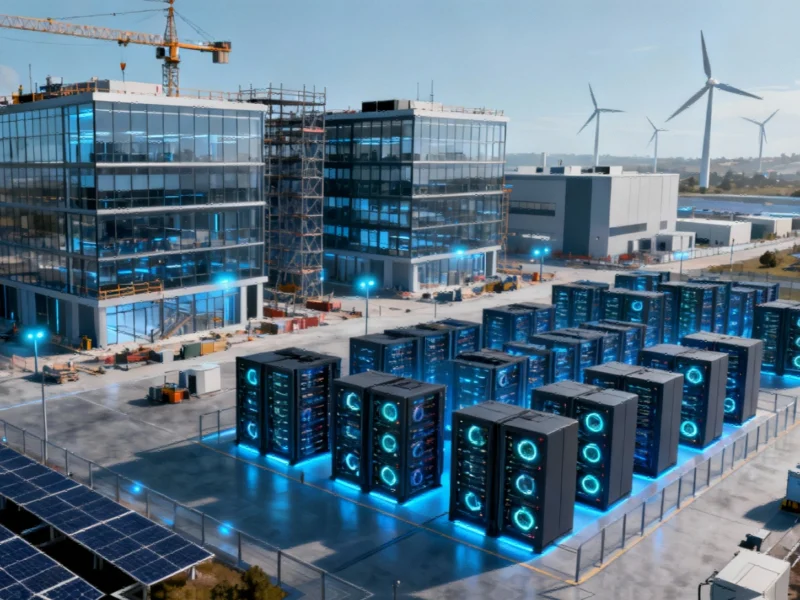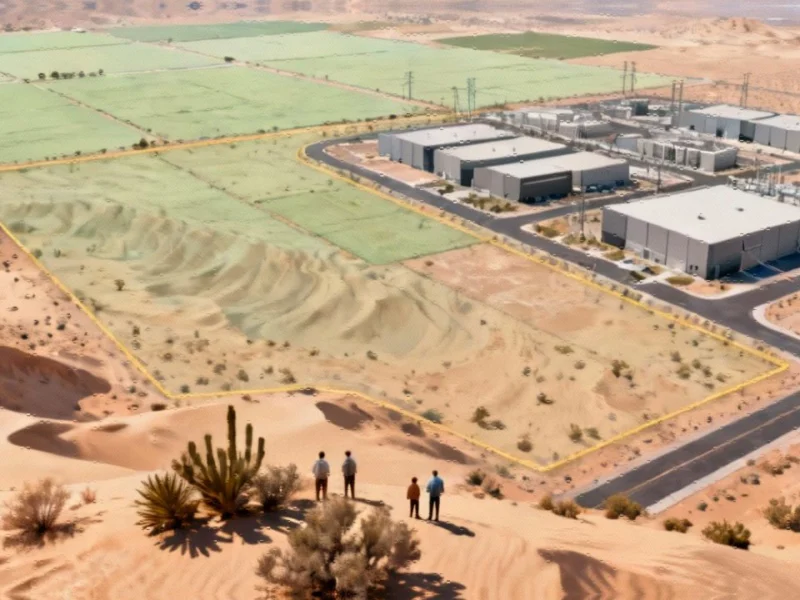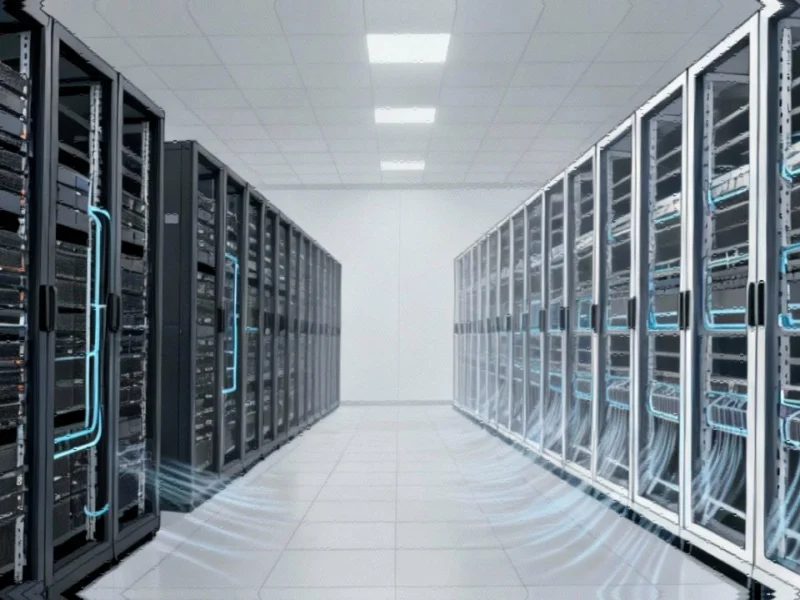Revolutionizing Data Center Efficiency
European cloud infrastructure leader OVHcloud has unveiled a groundbreaking cooling architecture that promises to transform data center sustainability metrics. The newly announced OVHcloud Smart Datacenter integrates advanced industrial design with artificial intelligence capabilities to achieve unprecedented reductions in both power and water consumption. According to company statements, the system can slash water usage by up to 30 percent while cutting cooling electricity requirements by an impressive 50 percent.
Integrated Cooling Loop Design
At the heart of this innovation lies what OVHcloud describes as a “one integrated cooling loop design” that represents a fundamental rethinking of thermal management in data centers. Miroslaw Klaba, OVHcloud R&D director, emphasized the significance of this development: “We are delighted to unveil a new generation of evaporative cooling solutions, including Smart Racks. With our integrated approach, we are paving the way for Smart Datacenters that leverage our most advanced technologies as well as artificial intelligence to tackle what was once an impossible equation.”
The system builds upon OVHcloud’s extensive research into thermal dynamics and represents the culmination of two years of intensive development. This breakthrough comes at a critical time as the industry faces increasing pressure to address environmental concerns while meeting growing computational demands.
Fifth-Generation Server Rack Architecture
The fifth-generation OVHcloud server rack features a completely redesigned layout that optimizes both cooling efficiency and maintenance accessibility. In a novel approach, clusters of servers are connected in series for cooling purposes while maintaining parallel organization for serviceability. This dual-configuration system allows for more precise thermal management without compromising operational flexibility.
Key to the system’s performance are custom-designed direct-to-chip waterblocks that cool hardware components including CPUs and GPUs. These components dissipate heat through a closed-loop water circuit that extends across the entire data center facility, creating a unified thermal management ecosystem. This integrated approach represents significant progress in data center infrastructure optimization and sets new standards for the industry.
Smart Cooling Distribution Units
The new cooling distribution units (CDUs) mark a substantial improvement over previous generations, being 50 percent smaller and positioned outside the server racks. Each CDU can cool multiple rows of racks and incorporates more than 30 sensors that continuously monitor critical parameters including pressure, flow speed, and water temperature.
“The sensor network enables real-time adjustment of cooling settings based on server workloads,” explained Klaba. “This dynamic responsiveness allows the system to optimize energy consumption continuously, adapting to fluctuating computational demands without human intervention.”
External Cooling Innovations
The Smart Dry Cooler, located externally, represents another leap forward in efficiency. The new design occupies half the space of previous models and utilizes 50 percent fewer fans, contributing significantly to the overall reduction in cooling power consumption. This compact yet powerful system demonstrates how industrial engineering innovations can drive substantial environmental benefits.
Deployment and Global Implementation
Initial deployment of the new Smart Racks is underway at OVHcloud’s Roubaix data center in France, where nearly 60 racks housing approximately 2,000 servers are being integrated with the advanced cooling system. The complete implementation will serve as a blueprint for rolling out the technology across OVHcloud’s global network of facilities.
The company currently operates and is developing more than 40 core data centers across multiple continents, including facilities in France, Canada, the United States, Australia, Germany, Poland, Singapore, India, Italy, and the United Kingdom. This global footprint, combined with approximately 28 metro-edge locations worldwide, positions OVHcloud to make a substantial impact on data center sustainability standards internationally.
Broader Industry Implications
OVHcloud’s cooling breakthrough arrives amid significant technology transitions across the computing landscape. As organizations worldwide grapple with increasing computational demands and environmental responsibilities, innovations in data center efficiency become increasingly critical.
The integration of AI-driven thermal management represents a growing trend toward smarter infrastructure that can adapt to changing conditions. This approach aligns with other emerging technologies that leverage artificial intelligence for optimization across various domains.
Furthermore, the reduced environmental footprint of OVHcloud’s new system addresses growing concerns about water usage in data center operations, particularly in regions facing water scarcity. The 30 percent reduction in water consumption demonstrates how scientific understanding of fundamental resources can inform practical engineering solutions.
As data centers continue to form the backbone of our digital economy, innovations like OVHcloud’s Smart Datacenter technology highlight the industry’s commitment to balancing performance with planetary responsibility. The successful implementation of this system could establish new benchmarks for sustainable computing infrastructure worldwide.
This article aggregates information from publicly available sources. All trademarks and copyrights belong to their respective owners.
Note: Featured image is for illustrative purposes only and does not represent any specific product, service, or entity mentioned in this article.



